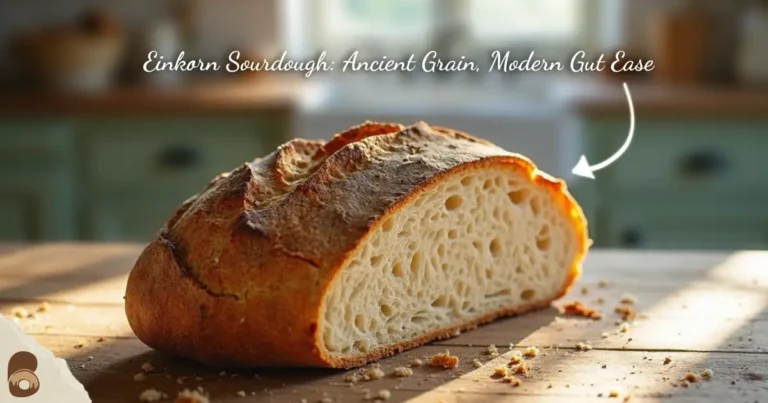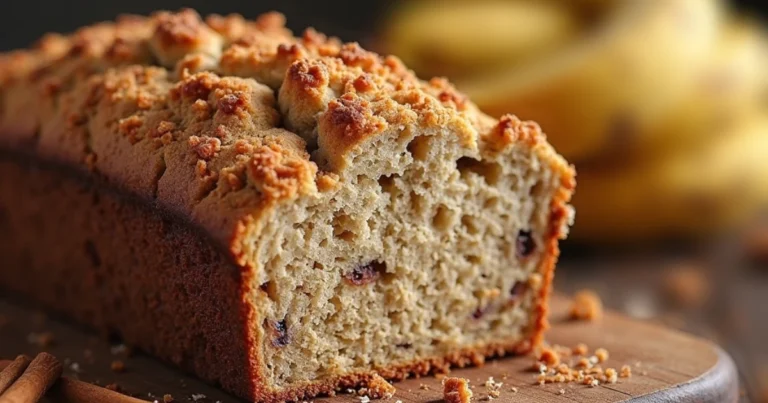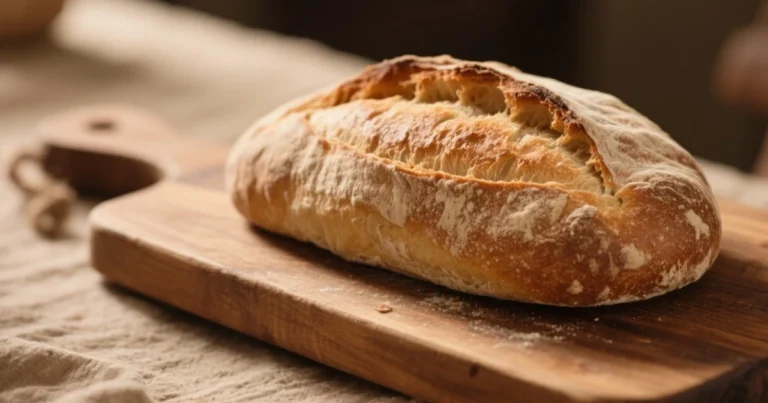The Ultimate Guide to Unique Types of Flour for Creative Baking
Table of Contents
Table of Contents
types of flour: A Whiff of Nostalgia and Adventure
Imagine flipping through your grandmother’s recipe notebook, its pages yellowed with time and memories. Suddenly, you spot a curious ingredient: “Teff flour – use for flatbread.” You pause. What on earth is teff? That tiny mystery leads you down a path of flavorful exploration, where baking becomes more than just a science. It becomes a story.
Today’s bakers are rewriting old rules by experimenting with new and unusual types of flour. Whether you’re gluten-free by necessity or a weekend baking warrior looking to infuse bold flavor into your next loaf, diving into alternative flours opens up a world of creativity.
📊 Did you know? According to MarketResearch.com (2023), the global alternative flour market is expected to grow at a CAGR between 6–8% over the next five years. A 2022 survey of US home bakers found that approximately 40–60% experimented with non-wheat flours.
Flour Fundamentals: What Makes Each Grain (or Nut) Different?
Before you explore new baking frontiers, it’s essential to understand what separates one type of flour from another. These differences can make or break your crumb, rise, or chew.
- Protein vs. starch ratio: High-protein flours (like bread flour) build more gluten, giving bread structure and chew. Low-protein flours (like cake flour) yield tender textures.
- Gluten-forming capacity: Flours range from gluten-rich (spelt) to gluten-free (almond or rice), affecting elasticity and rise.
- Flavor and absorption: Some flours absorb much more moisture than others. Coconut flour, for example, drinks up liquid, while oat flour behaves closer to wheat.
| Flour Type | Protein (%) | Fiber (g per 100g) | Fat (g) | Notes |
|---|---|---|---|---|
| All-Purpose | 10–11 | 2.7 | 1 | Neutral flavor |
| Almond | 21 | 12 | 50 | Moist, nutty, GF |
| Chickpea | 22 | 17 | 6 | Savory, high-protein, GF |
| Teff | 9–10 | 8 | 2.4 | Earthy, slightly sweet |
| Coconut | 7 | 38 | 14 | Sweet, highly absorbent, GF |
Ancient Grains Revival: Teff, Einkorn, and Spelt
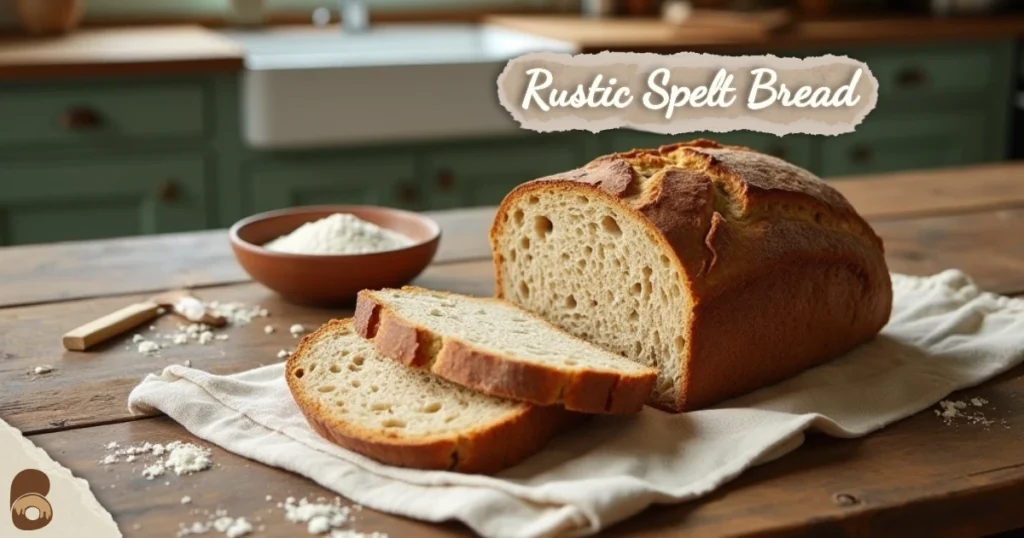
Why You’ll Love Them
- Flavor: These grains offer nutty, earthy flavors perfect for rustic loaves and hearty pastries.
- Nutrition: Rich in micronutrients—iron, magnesium, zinc—and naturally less processed than modern wheat.
- Heritage: Ancient grains bring cultural authenticity to your baking. Teff is the heart of Ethiopian injera, while einkorn was one of the first cultivated grains.
Baking Tips & Data Points
- Many ancient grain flours, especially whole-grain versions, often require approximately 5–10% more hydration than standard wheat, but hydration should always be adjusted based on dough feel and recipe specifics.
- Start with blending: use 40% ancient grain + 60% all-purpose.
- Spelt dough requires gentler and shorter kneading due to its more delicate gluten structure, which can help reduce the risk of overworking the dough.
Quick Swap Table:
| Wheat Flour | Ancient Flour Alternative |
|---|---|
| 1 cup | ¾ cup teff + ¼ cup AP flour |
| 1 cup | 1 cup spelt (adjust water) |
| 1 cup | 1 cup einkorn (reduce mixing) |
Nut & Seed Powerhouses: Almond, Coconut, and Sunflower Flours
Texture and Flavor Highlights
- Almond: Delivers a moist crumb and subtle sweetness—ideal for cakes and tart crusts.
- Coconut: Light but dense—absorbs lots of liquid. Adds tropical notes to cookies and muffins.
- Sunflower: Earthy, slightly bitter, and browns well—great for crackers and rustic quick breads.
Nutritional Edge
These flours are gluten-free and rich in healthy fats, making them favorites among paleo and keto bakers.
- Almond: High in monounsaturated fats and vitamin E.
- Coconut: Packed with fiber (up to 38g per 100g).
- Sunflower: Contains beneficial minerals, including magnesium and modest amounts of selenium.
Macro Comparison Chart:
| Flour | Calories (per ¼ cup) | Fat (g) | Carbs (g) | Protein (g) |
|---|---|---|---|---|
| Almond | 160 | 14 | 6 | 5 |
| Coconut | 120 | 4 | 16–18 | 4 |
| Sunflower | 150 | 10 | 8 | 7 |
Recipe Idea: Almond Flour Lemon Bars
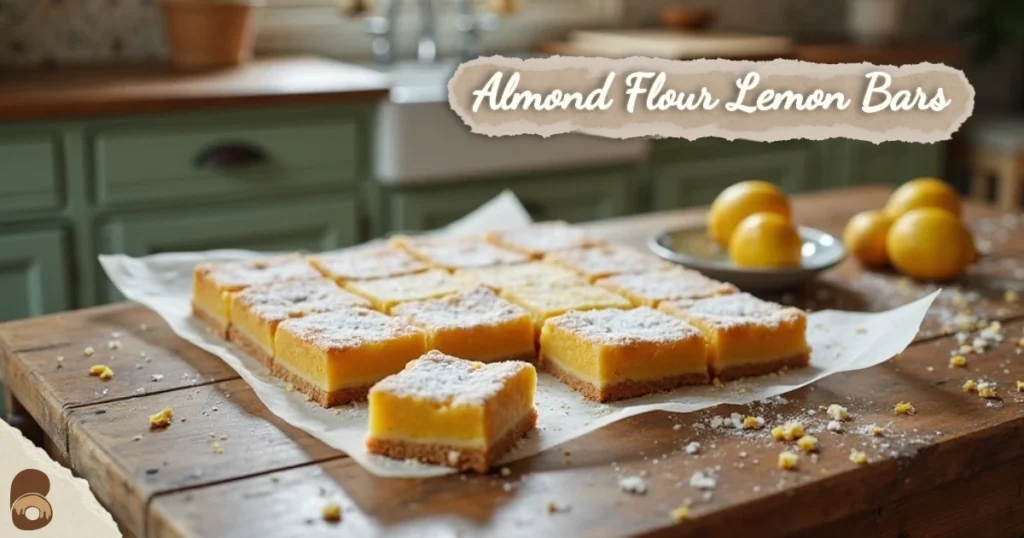
| Ingredient | Quantity |
|---|---|
| Almond flour | 1 ½ cups (144g) |
| Butter (melted) | ½ cup (113g) |
| Honey or maple syrup | ¼ cup (60ml) |
| Lemon juice | ⅓ cup (80ml) |
| Eggs | 3 |
| Lemon zest | 1 tbsp |
Bake at 325°F (160°C) for 25–30 minutes until golden and set.
Root & Legume Innovations: Cassava, Chickpea, and Green-Banana Flour

These lesser-known flours are gaining popularity for their versatility and health perks.
- Cassava: A naturally gluten-free, neutral-tasting flour; cassava flour can sometimes replace wheat flour in a close ratio in pancakes or flatbreads, but usually requires hydration or binder adjustments for optimal texture.
- Chickpea: Adds density and a savory flavor. It’s also a natural thickener and binder, perfect for savory batters.
- Green-banana flour: High in resistant starch, which is associated with supporting gut health in many studies, though individual effects may vary. Slightly earthy in taste but blends well in smoothies or brownies.
📊 Glycemic Index Snapshot
(Values vary based on processing and preparation)
| Flour | Approximate GI Score |
|---|---|
| Wheat (AP) | 71 |
| Cassava | 65–85 (depending on prep) |
| Chickpea | 28 |
| Banana (green) | 30 |
Blind Taste Test: Gluten-Free Pizza Crust
- Cassava: 9/10 – light, flexible, slightly chewy
- Chickpea: 6/10 – earthy, denser texture
- Banana: 8/10 – subtle flavor, great rise
Specialty & Seasonal Flours: Chestnut, Pumpkin-Seed, and Coffee Flour
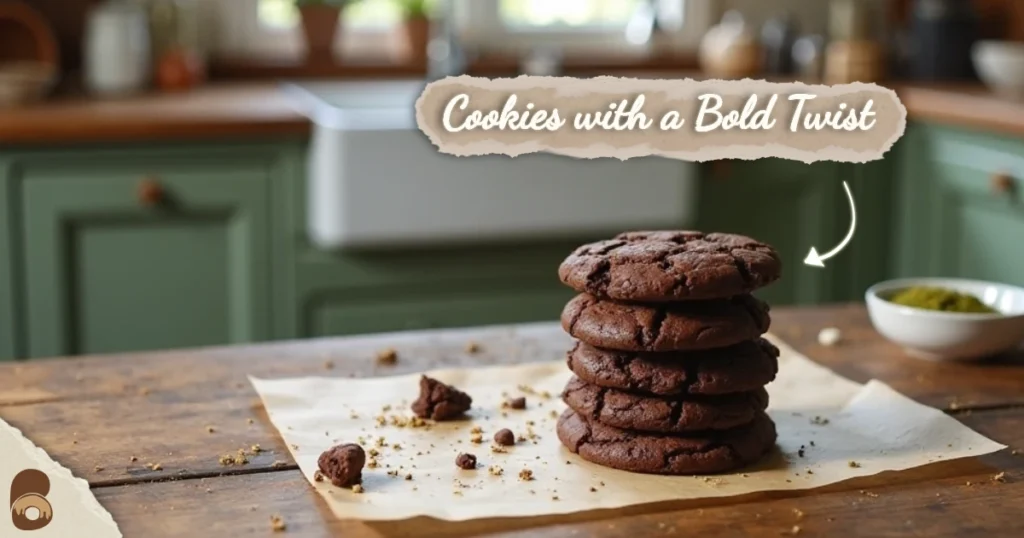
These niche flours bring intrigue, unique flavor, and even sustainability to your bakes.
- Chestnut: Naturally sweet and nutty—excellent in crepes and cakes, especially around the holidays.
- Pumpkin-seed: Vibrant green hue and a nutty-chocolate flavor—works beautifully in brownies or cookies.
- Coffee flour: Made from the fruit of the coffee plant, it adds depth and slight bitterness while repurposing waste.
🌱 Eco Insight: Coffee flour, made from coffee fruit byproducts, can help reduce agricultural waste and may offer environmental benefits compared to traditional flours, though precise CO₂ savings vary by production method.
Flavor Pairing Wheel Suggestions
- Chestnut + vanilla + figs
- Pumpkin-seed + chocolate + cinnamon
- Coffee flour + caramel + orange zest
How to Blend Flours Like a Pro
Ready to create your custom mix? Here’s how you approach it like a seasoned baker:
- Define the goal: Want chewy cookies? A moist cake? Know your texture.
- Choose a base: Use a high-protein wheat or gluten-free base like oat flour.
- Add 10–30% flavor flour: Chestnut, teff, or coffee flour can boost taste without overpowering structure.
- Adjust hydration: Some blends need more liquid. Keep notes and tweak as needed.
Starter Blends:
- Cookies: 70% oat + 30% almond
- Cakes: 60% AP + 20% coconut + 20% chestnut
- Bread: 70% bread flour + 30% spelt
📋 Pro Tip: Use a spreadsheet or notebook to track mix percentages and results like rise, texture, and taste.
Storage, Shelf Life, and Cost-Saving Hacks
Keeping your flour fresh and budget-friendly is part of the game.
- Best-before vs. freshness: Most nut and seed flours are best used within 3 months unless refrigerated. Storing in airtight containers in cool environments helps preserve freshness.
- Refrigeration or freezing: Keeps oils in nut flours from going rancid. Vacuum sealing extends life to 9–12 months.
- Bulk buying: Buying larger quantities of almond or coconut flour can cut costs significantly.
💡 Example: One home baker saved 22% annually by ordering almond flour in 5lb bulk and storing it in vacuum-sealed mason jars in the freezer.
Cost Comparison Table:
| Flour Type | Price (per lb) Retail | Bulk (5+ lbs) |
|---|---|---|
| Almond | $7.50 | $5.40 |
| Coconut | $4.00 | $2.80 |
| Chickpea | $3.20 | $2.10 |
Frequently Asked Questions
1. What are the healthiest types of flour for weight-conscious bakers?
Almond, chickpea, and green-banana flours are high in protein and fiber, helping you feel fuller longer while adding nutrients to your bakes.
2. Can I swap gluten-free types of flour 1:1 in bread recipes?
Not usually. Gluten-free flours often lack binding power. It’s best to use blends and include a binder like xanthan gum or psyllium husk.
3. Which types of flour give cookies a crisp edge?
Coconut flour and rice flour both contribute to crisp textures when used in small amounts.
4. How do different types of flour affect dough hydration?
Highly absorbent flours (like coconut and chickpea) require more liquid. Track your hydration levels and adjust accordingly.
5. What storage method works best for oily types of flour, like nut flours?
Keep them in the fridge or freezer in airtight containers. This slows down oxidation and prevents rancidity.
Where to Use Tables and Lists
- Section 1: Protein/fiber/fat comparison table
- Section 2 & 3: Substitution and macro charts
- Section 4: Glycemic index chart
- Section 7: Cost comparison chart
- Recipes: Ingredient tables and quick swap lists
Final Thoughts
Now that you’ve explored the vibrant world of alternative types of flour, you’re armed with knowledge, ideas, and inspiration. Whether you’re baking for nutrition, flavor, or fun, these unique flours open up endless doors for creativity.
🎁 Ready to level up? Download our FREE “Flour Blending Cheat Sheet” and start experimenting with your custom mixes. Who knows—your next signature recipe might be just one flour swap away.
From spelt to chickpea flour, learn how to bake amazing treats—follow me on Pinterest for all the best recipes!
Share your experience and help others!
Tried this recipe? Leave a rating and make someone’s day tastier
Be the first to rate this recipe and help others discover it!




